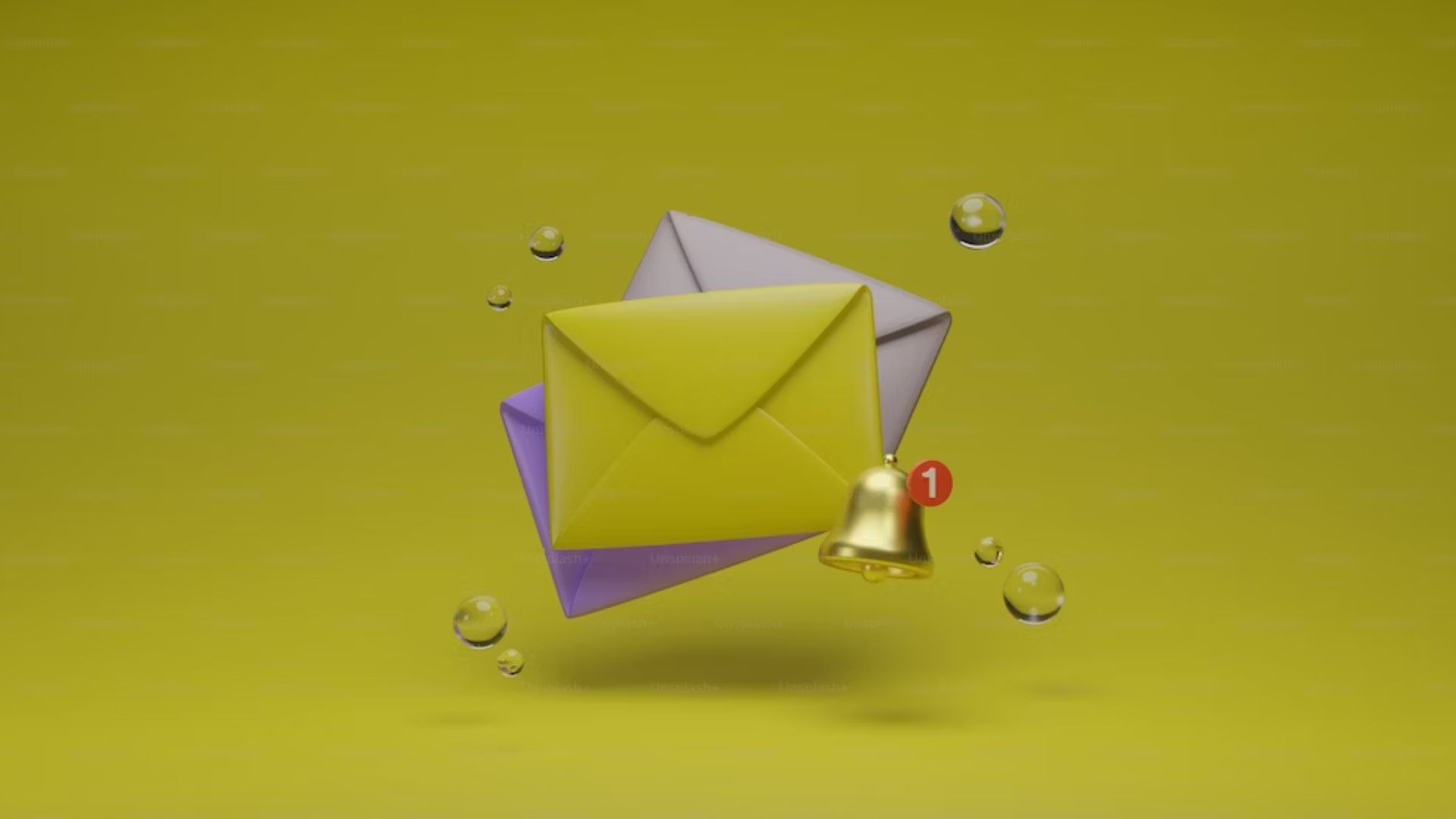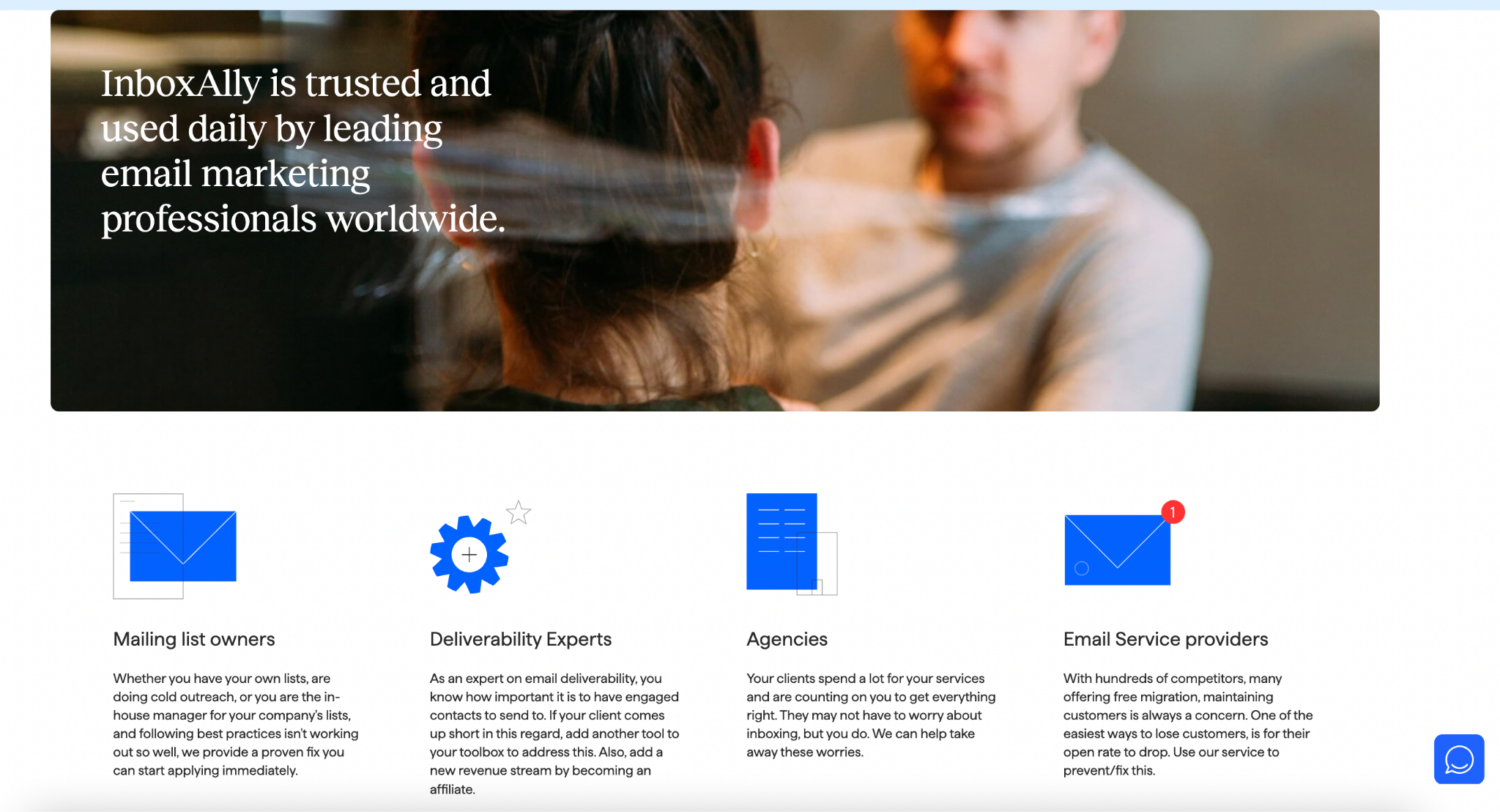Personalized cold emails have emerged as a game-changer in 2024 and in the ever-evolving landscape of cold outreach. Gone are the days of generic and impersonal communication. Now, crafting personalized emails is the key to success.
The power of cold email personalization lies in establishing a genuine connection with the recipient. This increases the likelihood of a positive response.
Moreover, cold emails can break through the noise and land in the coveted inbox rather than the dreaded spam folder. Some leveraging basic personalization techniques include addressing the recipient’s name or referring to specific interests.
In this article, we will explore a list of best practices that will empower you to write personalized cold emails that resonate with your audience and yield remarkable results.
So, keep reading if you want to take your cold emailing strategy to new heights and consistently engage the right people.
Why is Personalization Important for Cold Emailing?
Personalization is essential for cold emailing because it allows you to establish a genuine connection with your recipients. It also increases the effectiveness of your outreach efforts.
Cold emails, by nature, can come across as impersonal and generic. However, this often leads to low response rates and limited engagement. By incorporating personalization techniques, you can tailor your messages to resonate with the recipient’s specific needs and interests.
This level of personalization shows that you have taken the time and effort to understand their challenges. As a result, it is more likely that they will pay attention and consider your offer.
To illustrate the importance of personalization, consider a few examples. For instance, generic cold outreach campaigns often fail to make an impact because they treat each recipient as just a number in a mass email list.
Meanwhile, personalized emails are crafted using personalized email templates. This approach results in a higher chance of grabbing the prospect’s attention and standing out in their inbox.
Therefore, leverage information about the recipient’s background, interests, or mutual connections in your cold emails. This strategy addresses their specific needs and resonates with them on a deeper level.
This approach not only increases the likelihood of a response but also improves email deliverability. It also demonstrates the recipient’s relevance and reduces the chances of your email being flagged as spam.
Another tip is to craft personalized subject lines that pique curiosity and address the prospect’s pain points. This approach further enhances the effectiveness of your cold email campaigns.
You can also gather valuable insights and data by conducting in-depth research and utilizing email service providers’ tools. With this information, you can create hyper-personalized emails that are more likely to generate positive responses and drive desired outcomes.
Different Levels of Personalization
Personalization can be approached at different levels, depending on the depth of customization you want to achieve.
At basic personalization, you can personalize your cold emails by addressing recipients’ names and referencing relevant details (i.e., company or position).
This level of personalization demonstrates that you’ve taken the time to research. It also acknowledges the individual, establishing a sense of familiarity and relevance.
Meanwhile, contextual personalization involves tailoring your message to address specific pain points or offer relevant solutions based on the recipient’s interests and challenges.
By demonstrating a deeper understanding of their needs and incorporating industry-specific information, you can create a more impactful connection. It also increases the chances of engagement.
However, for a truly exceptional level of personalization, hyper-personalization is the way to go. This level requires extensive research, utilizing connections or previous interactions. This approach also creates a highly customized and individualized experience for the recipient.
In addition, it sets your cold emails apart, making them stand out in crowded inboxes. It also significantly increases the likelihood of a positive response.
Embracing different levels of personalization allows you to connect with recipients on a deeper level, foster meaningful relationships and achieve better results in your outreach efforts.
12 Ways to Personalize Your Cold Email
1. Use a Unique Subject Line
Crafting a personalized subject line is vital for capturing the recipient’s attention and standing out in their inbox.
You can increase open rates and engagement by mentioning the recipient’s name, a mutual connection and highlighting the value.
For instance, a cold email subject line like, “How [Mutual Connection’s Name] Achieved [Impressive Result] with Our Personalized Cold Email Templates,” demonstrates your commitment to understanding their needs and positions you as a trustworthy sender.
In a sea of generic email campaigns, a subject line promising a hyper-personalized approach like “Exclusive Offer: Boost Your Sales with Our Hyper-Personalized Email Campaigns” can ensure your email reaches the prospect’s inbox and generates meaningful engagement.
Combining a personalized subject line with relevant content and thoughtful email personalization significantly improves your chances of success. It also helps forge valuable connections with just a few customers at a time.
2. Mention the Prospect’s Name
Mentioning the prospect’s name in your cold email adds a personalized touch that resonates with recipients. It also demonstrates that you have taken the time to research and understand their individual needs.
For example, you can start the email with a greeting like “Hi [Prospect’s Name],” followed by a personalized opening line referencing a specific pain point or interest. This approach immediately grabs their attention and sets the stage for a more meaningful conversation.
This level of personalization increases the likelihood of your email reaching the recipient’s inbox and receiving positive engagement. This leads to fewer spam reports and successfully bypassing spam filters.
3. Use a Completely Custom Opening Line for Every Prospect
To create a truly personalized cold outreach, it is essential to go beyond addressing the recipient by name and customize the opening line for each prospect. Avoid the temptation to use generic openings that make your email blend in with the multitude of sales emails. [4]
Instead, take the time to write personalized emails that demonstrate your genuine interest in the recipient’s specific situation. For instance, “I recently came across your insightful article on [Topic], and it inspired me to reach out.”
You immediately grab their attention and establish a connection by crafting an opening line tailored to each person’s unique needs and challenges.
This personalization sets your cold email campaign apart from the majority of generic emails. It also showcases your commitment to personalizing emails for better engagement and response rates.
4. Research On Your Prospect’s Interests
Before writing your cold email, conduct thorough research on the prospect’s interests. Explore the prospect’s company website, blog, social media, and any publicly available information to gain insights they may be interested in.
This research allows you to tailor your email content to resonate with their specific interests and pain points.
Whether it’s referencing a recent achievement or acknowledging their involvement in an event, incorporating these details demonstrates your attention to detail and genuine effort to understand and address their needs.
5. Highlight Technologies They Use
If you discover that the prospect utilizes specific technologies or tools, incorporate that information into your email. Show how your offering complements or enhances their existing technology stack, creating a personalized value proposition.
By showcasing your knowledge of their tech stack or mentioning specific tools they utilize, you demonstrate a deeper understanding of their operations and challenges.
6. Personalize Around the Buyer Personas
To effectively personalize your cold outreach, it’s important to tailor your message around the buyer personas of your target audience.
Understanding the unique needs, pain points, and preferences of different buyer personas enables you to craft emails that resonate with each recipient.
By segmenting your cold outreach based on these personas, you can deliver more relevant and targeted content, increasing the likelihood of engagement and conversion.
7. Use Trigger Events
Consider incorporating trigger events into your outreach strategy to enhance the personalization of your cold outreach.
Trigger events are specific occurrences or milestones in a prospect’s professional or personal life. These events can serve as conversation starters and provide valuable context for your outreach. These could include recent company announcements, industry news, promotions, or job changes.
By referencing these trigger events, you demonstrate that you’ve done your research and are genuinely interested in their success and progress.
This level of personalization not only grabs their attention but also shows that your outreach is timely and relevant. It also allows you to initiate a conversation based on a shared experience or interest, increasing the chances of building rapport and engagement.
8. Use Visual Representation
Incorporating visuals in your cold email can grab attention and enhance the personalization. Consider including relevant infographics, charts, or images that illustrate your points or showcase data specific to the prospect’s industry.
This approach helps to convey information in a visually appealing and easily digestible format, increasing the chances of capturing your prospect’s interest and driving engagement.
9. Highlight a Mutual Connection
If you have a mutual connection with the prospect, mention it in your email. This establishes credibility and builds trust since you both know the same person.
For example, “I recently spoke with [Mutual Connection’s Name], who highly recommended I reach out to you regarding…”
This approach establishes common ground and increases the likelihood of your email being considered credible and worthy of attention.
10. Use Relevant Case Studies and Social Proof
Demonstrate the effectiveness of your product or service by sharing relevant case studies or success stories.
Highlight how your solution has addressed similar challenges faced by the prospect’s industry or competitors. Incorporate social proof, such as testimonials or industry recognition, to build trust.
Here’s a personalized cold email example, “At [Your Company], we’ve had the privilege of working with similar clients, such as [Client A] and [Client B], who were facing challenges similar to what you may be experiencing.
Through our tailored solutions and strategic approach, we were able to help them achieve remarkable results, including [specific outcome], [specific outcome], and [specific outcome].”
11. Hyper-Personalize With Highly Specific Pain Points
Identify the prospect’s pain points through research and create a hyper-personalized message addressing those specific challenges. Showcase your understanding of their needs and offer solutions that directly alleviate their pain points.
Doing so significantly increases the chances of sparking their interest and engagement with your email.
12, Mention Where You Found the Prospect
When reaching out to a prospect, it’s helpful to mention where you discovered them. Whether through a referral, industry event, or online platform, letting them know how you came across their information shows genuine interest and helps establish a connection.
Related: Cold Email Follow-Up – How to Get Your Prospect to Respond
How to Find Information for Personalized Cold Emails
Find Company Updates on their Website
Begin by visiting the prospect’s company website and navigate to the “News” or “Blog” section. Look for recent updates, press releases, or any other relevant information about their company.
This info can also include product launches, acquisitions, awards, or even industry trends they are actively involved in. Company updates provide valuable context and help you tailor your cold email to align with their current initiatives and interests.
Look at their LinkedIn Profile
LinkedIn is a powerful platform for professional networking and research. Visit the prospect’s profile and review their work experience, skills, and educational background carefully. Pay attention to their job title, responsibilities, and any notable achievements.
Additionally, check their activity feed to identify recent posts, articles, or comments they have shared. This gives you insights into their industry perspectives and areas of interest, which you can leverage to personalize your cold outreach effectively.
Use Other Social Media Platforms
Expand your research beyond LinkedIn and explore other social media platforms on which the prospect may be active, such as Twitter, Facebook, or Instagram. Look for posts, comments, or discussions related to their industry, hobbies, or professional interests.
These platforms can provide valuable glimpses into their personality, preferences, and even their engagement with industry influencers or events.
Incorporating this information into your cold outreach shows that you have taken the time to understand their broader online presence and can help you establish a more meaningful connection.
Use InboxAlly to Ensure your Cold Email Reaches the Prospect’s Primary Inbox
Personalization doesn’t guarantee delivery, but with InboxAlly, you can take control of your cold outreach and ensure it reaches your prospect’s primary inbox.
By utilizing unique seed emails and engaging with your content, InboxAlly trains inbox providers to recognize the value of your messages.
Say goodbye to spam folders and low open rates. Harness the power of InboxAlly to improve email deliverability, maximize engagement, and increase the chances of your cold emails’ lasting impact on your prospects.
Elevate your outreach strategy with InboxAlly’s proven methods and unlock more tremendous success in your email campaigns.
Final Thoughts
Personalization plays a vital role in the success of email campaigns. By implementing strategies such as unique subject lines, personalized greetings, and customized content, you can capture recipients’ attention and make your emails more engaging.
Additionally, researching prospects’ interests, utilizing trigger events, and highlighting shared connections demonstrate a genuine understanding of their needs and increase the chances of a positive response.
Meanwhile, incorporating social proof, relevant case studies, and hyper-personalization with specific pain points adds credibility and value to your emails.
By following these best practices, you can maximize the effectiveness of your cold email outreach and establish meaningful connections with your prospects.
Level up your email game and conquer the inbox with InboxAlly – the ultimate tool to ensure your messages are delivered, seen, and acted upon. Try InboxAlly now and unlock the true potential of your email outreach. Book a free live demo now.




